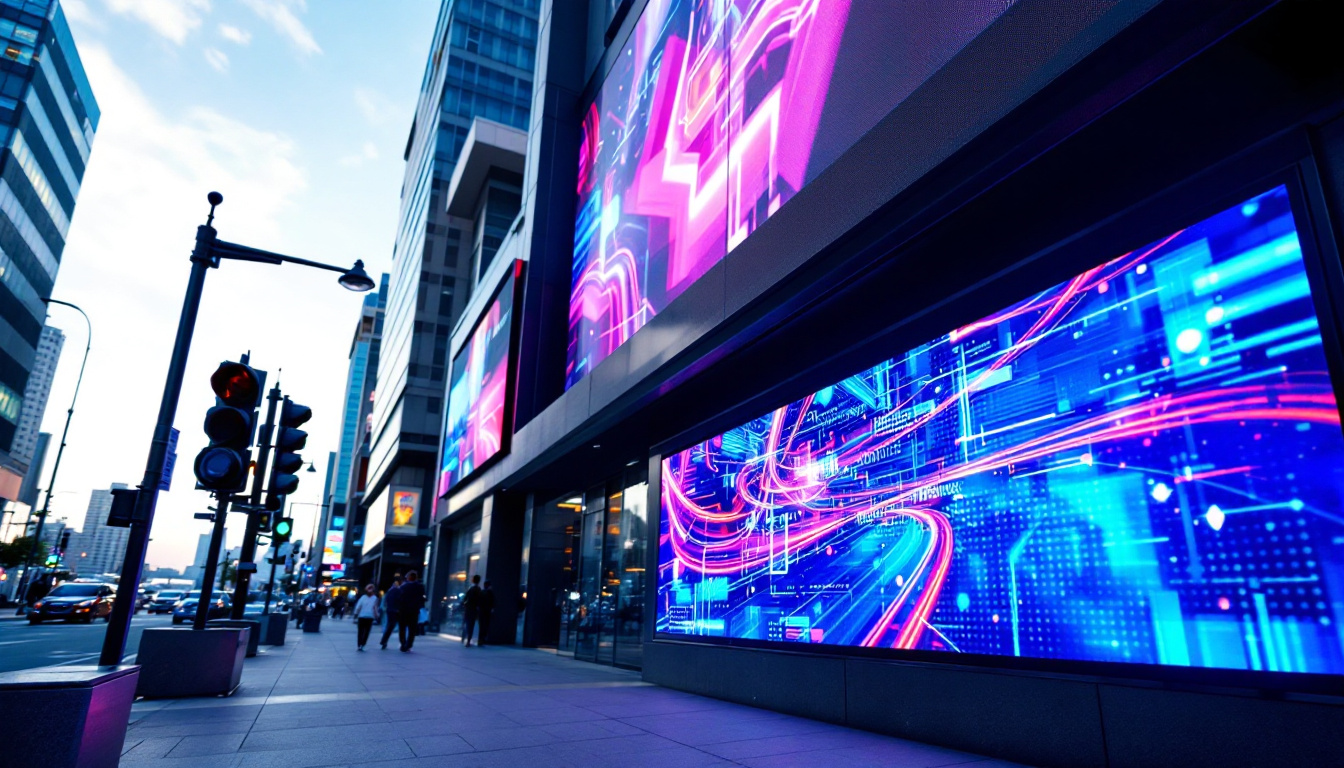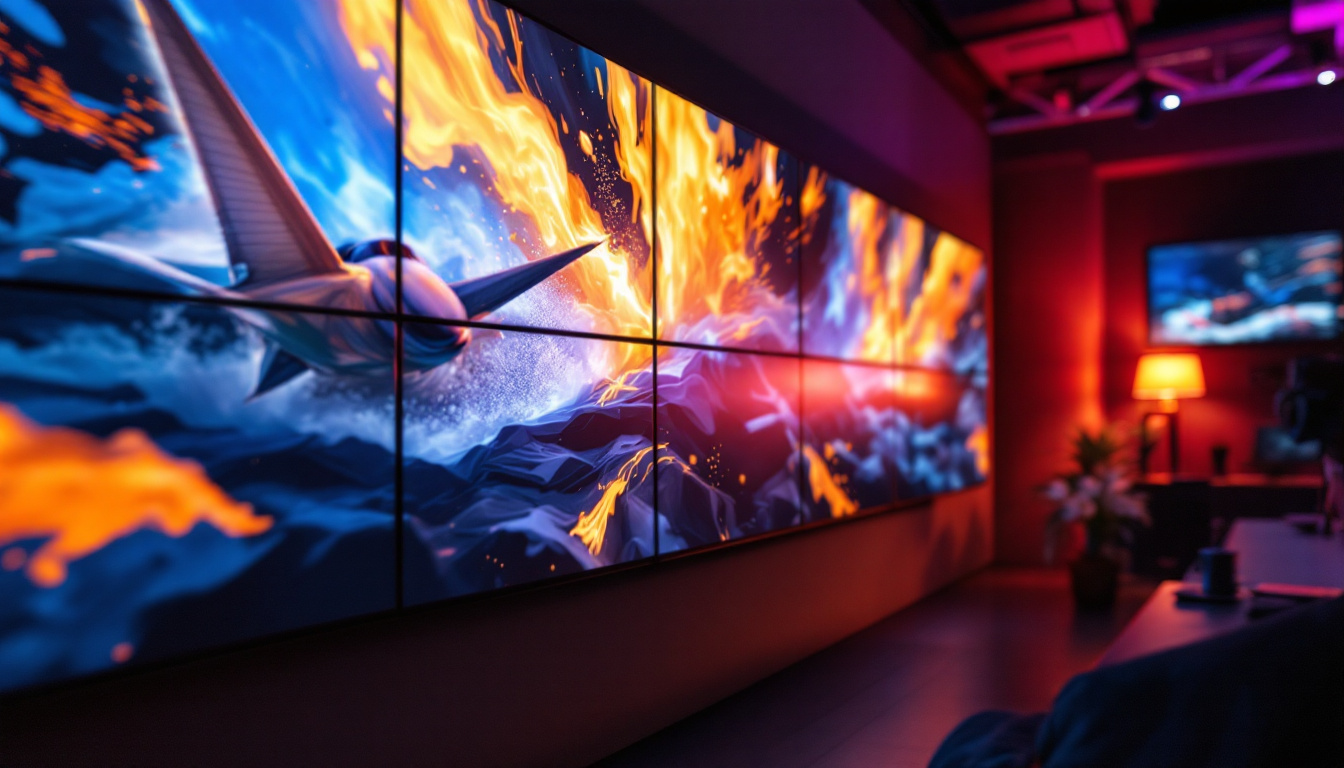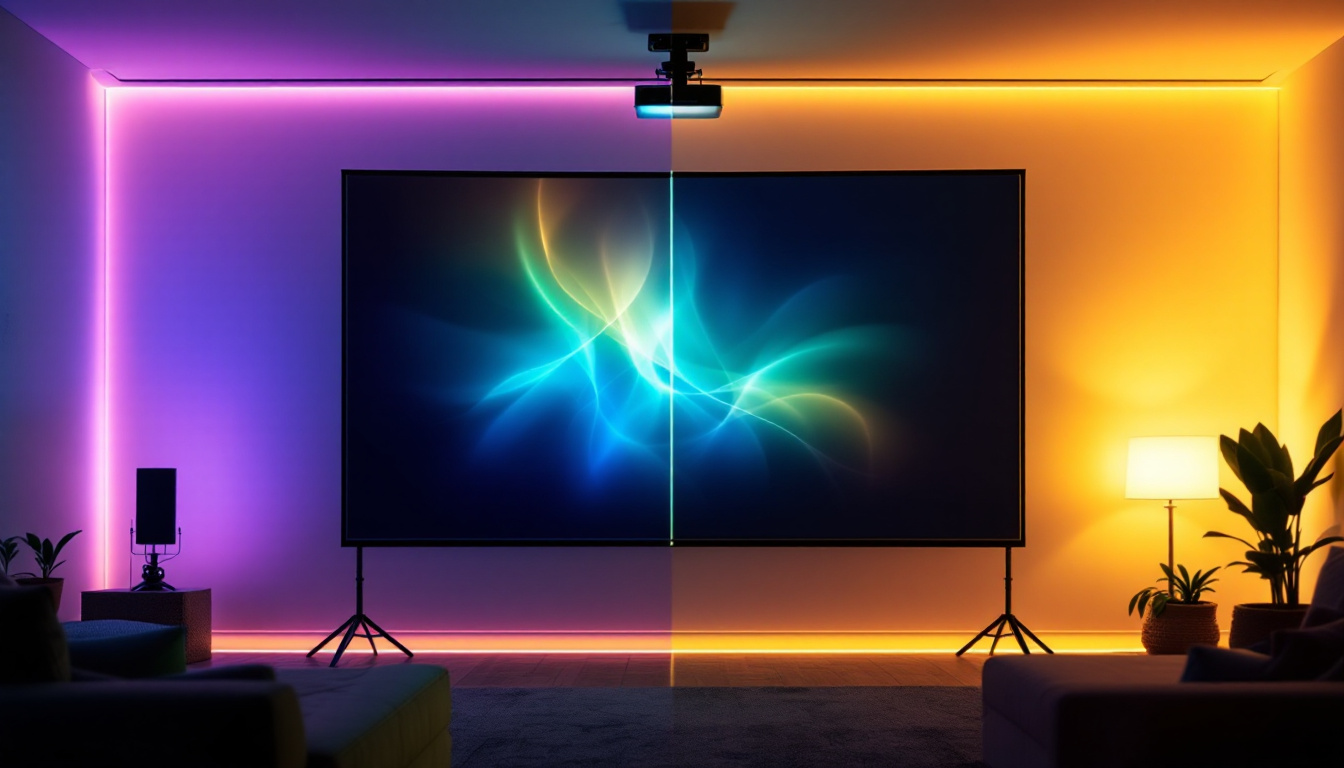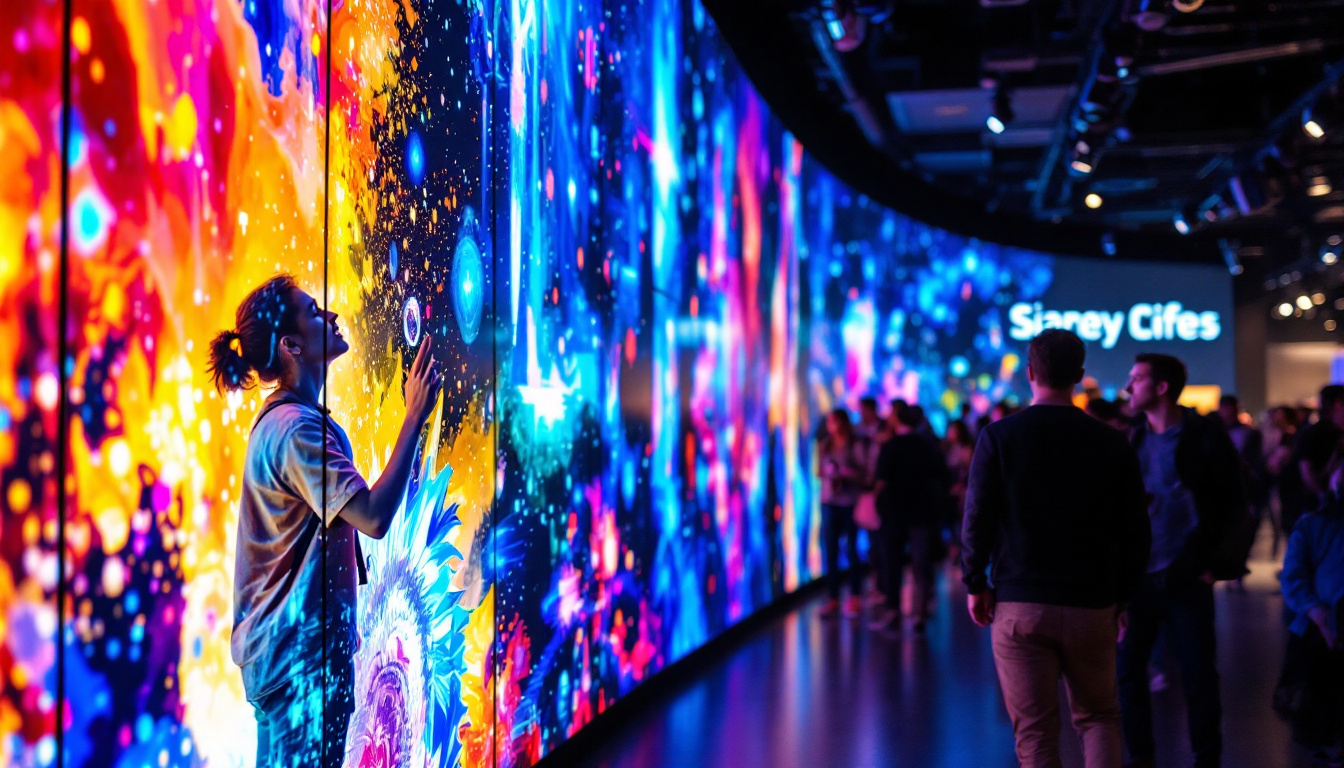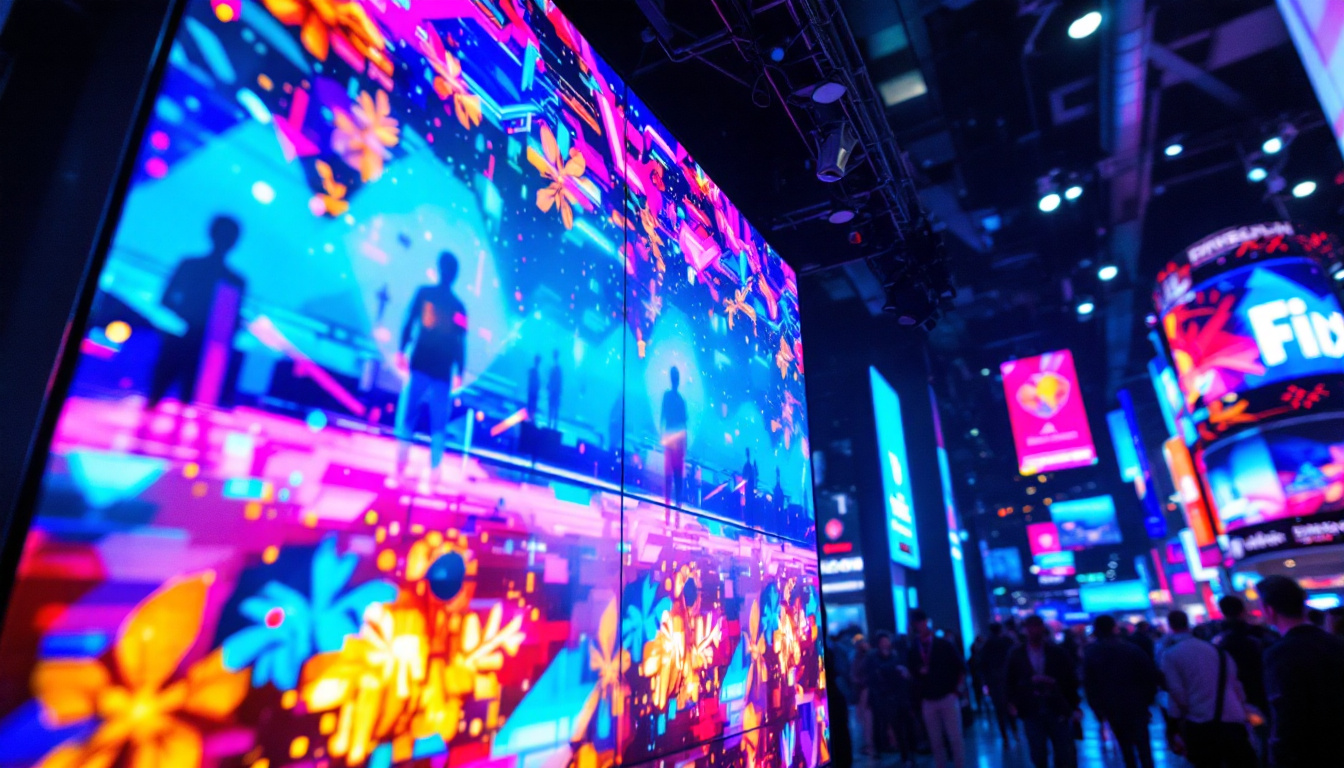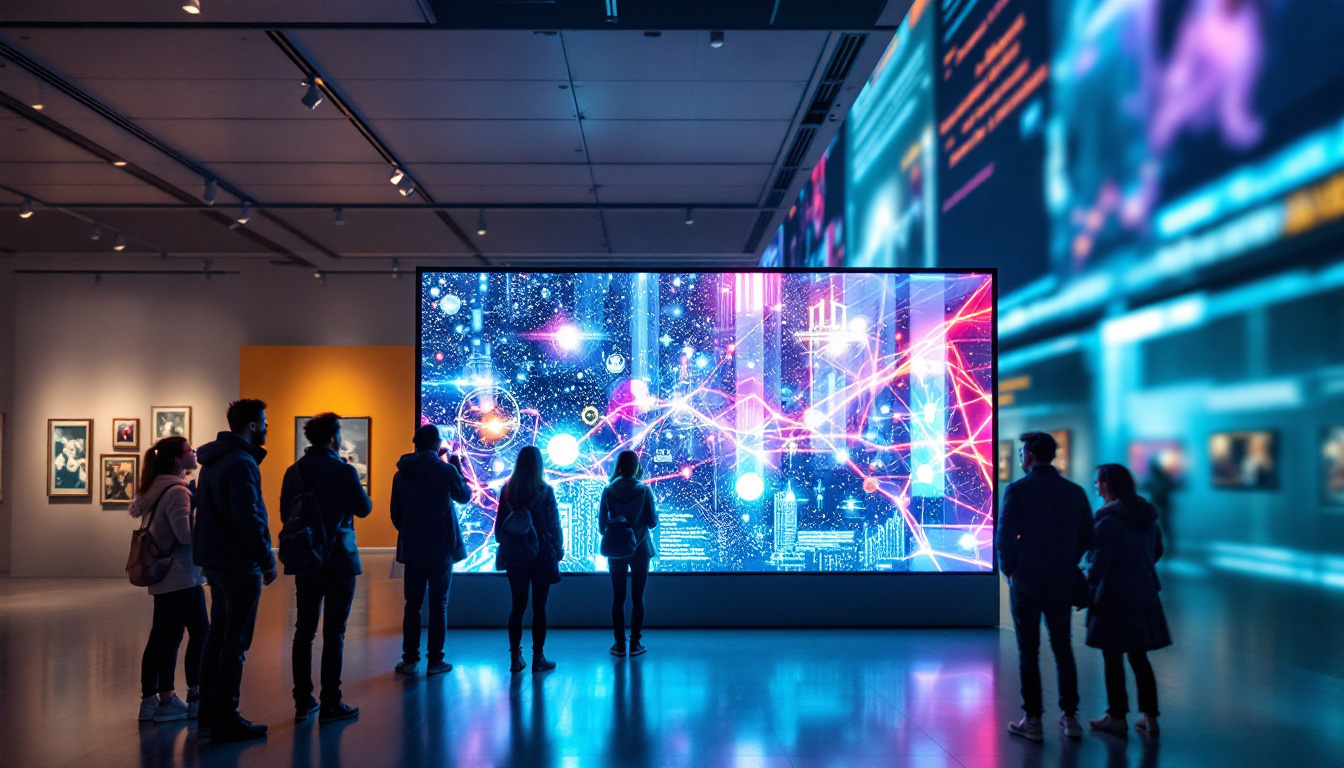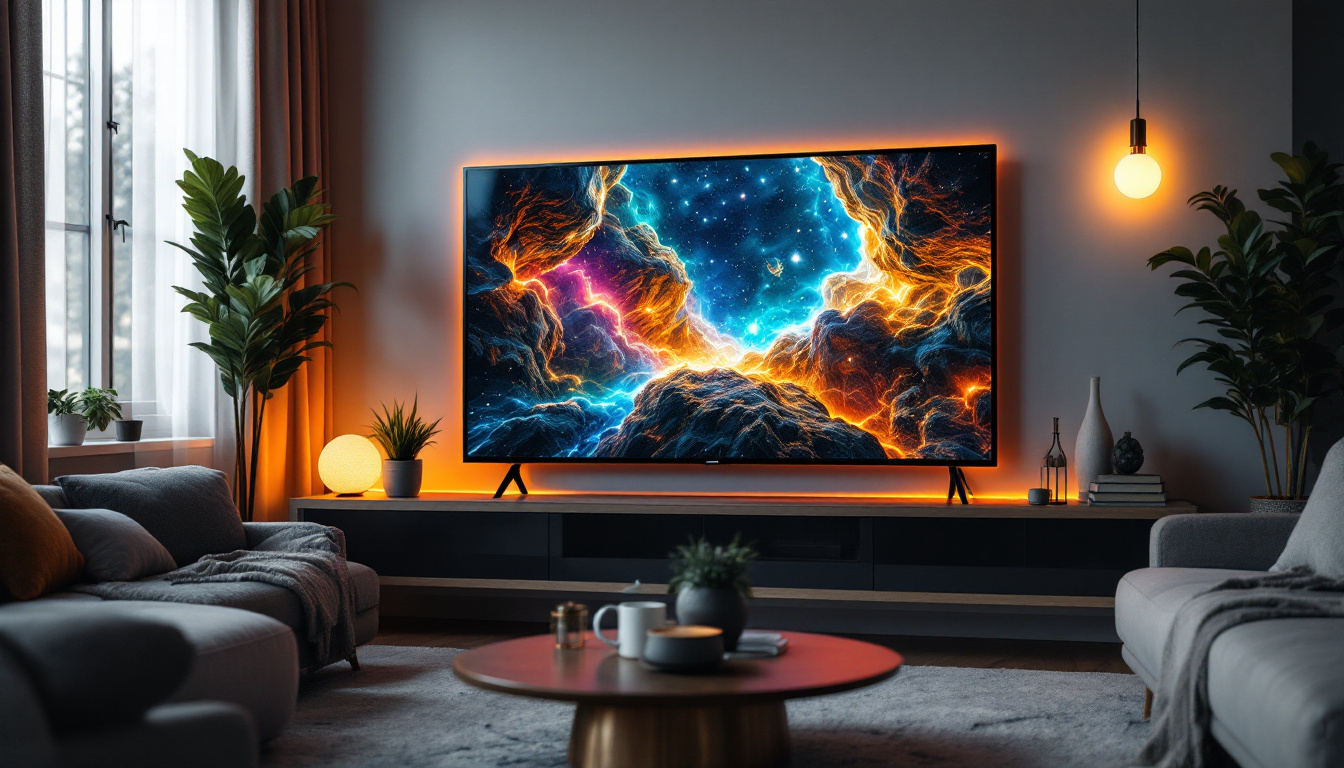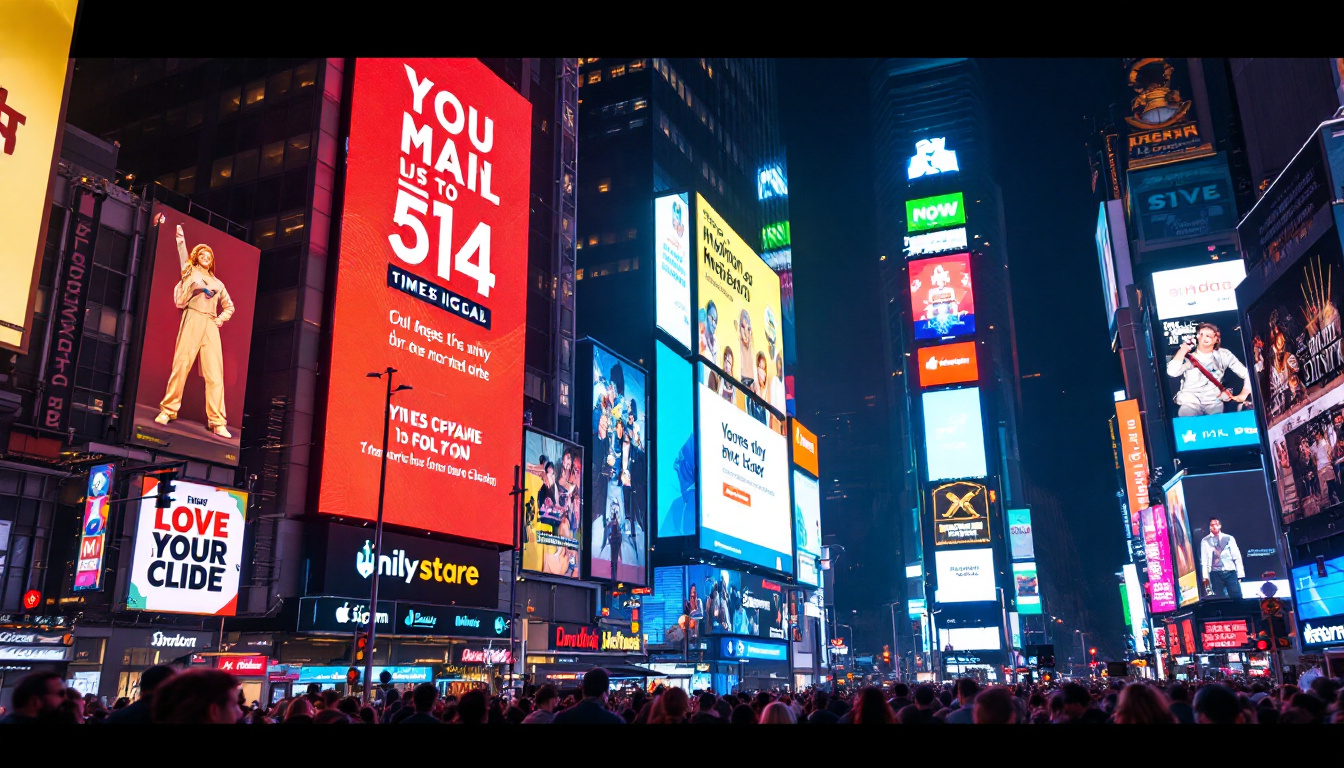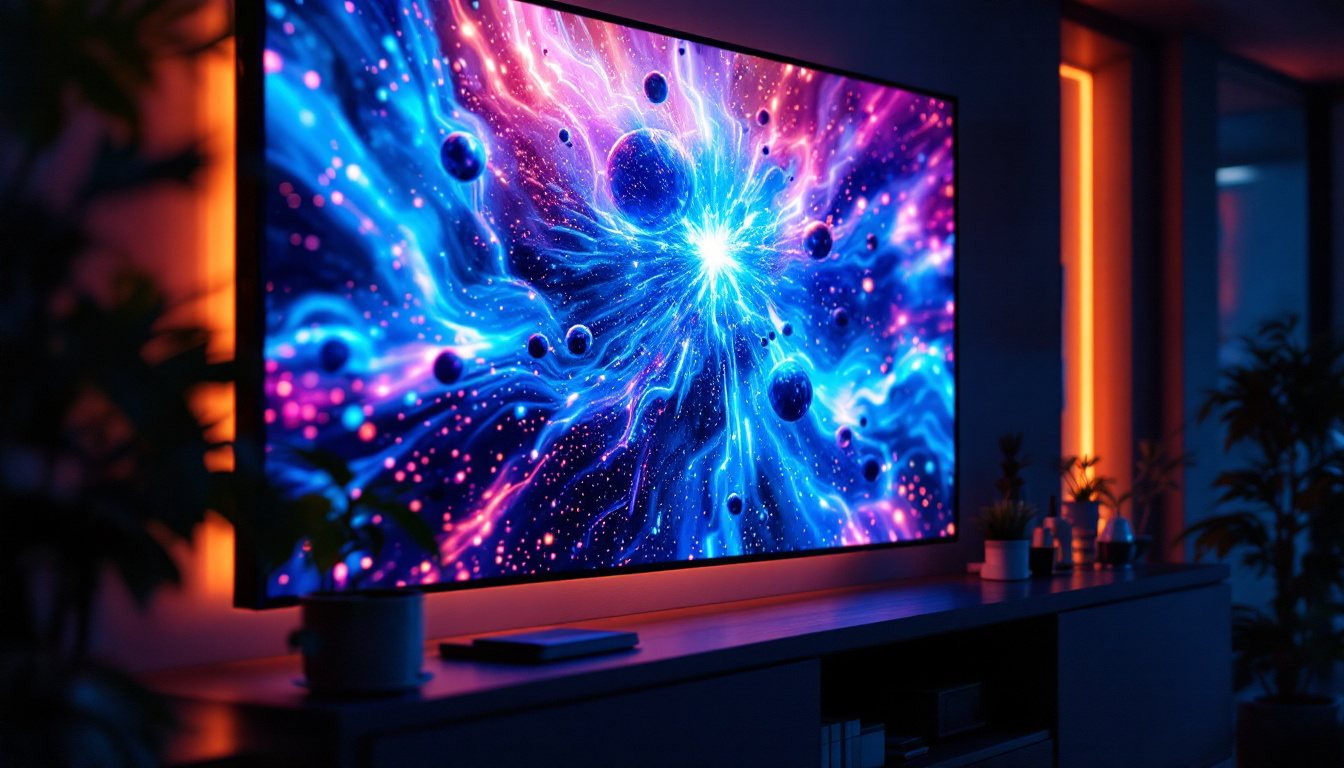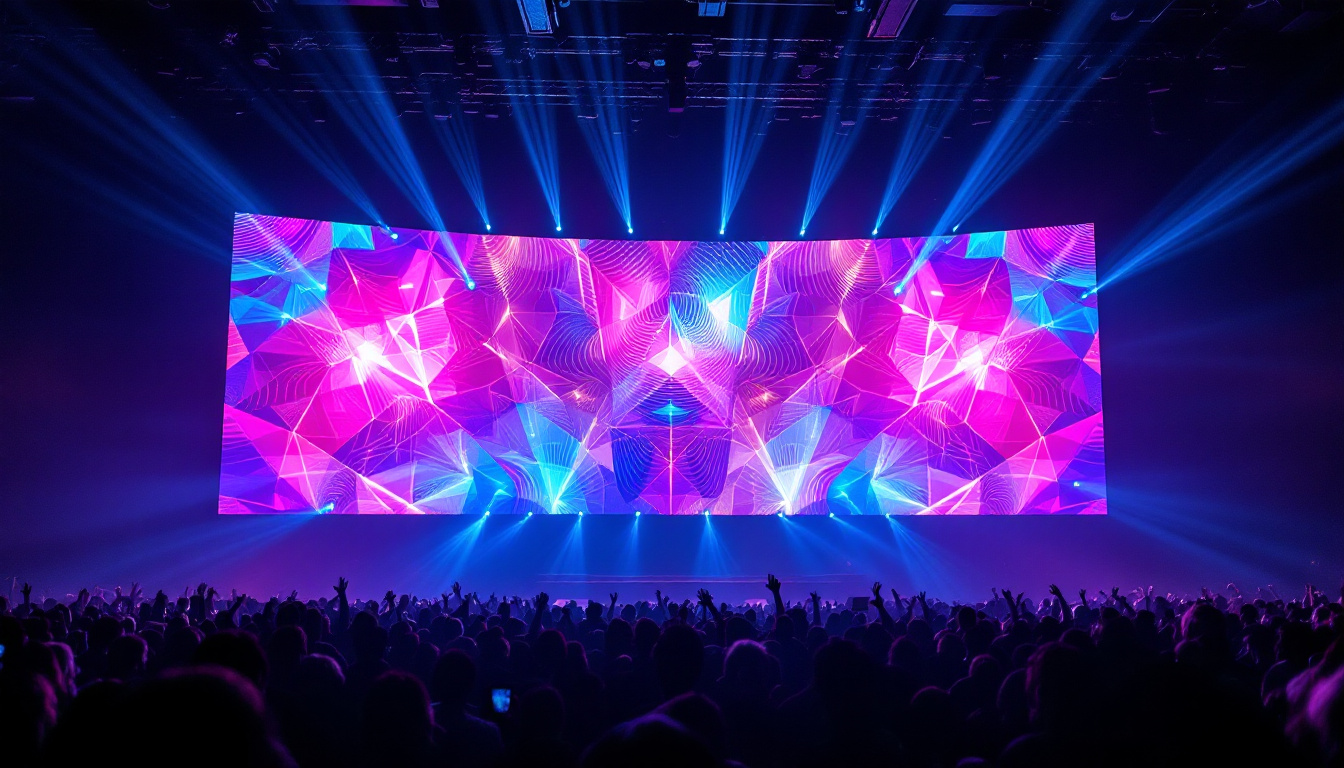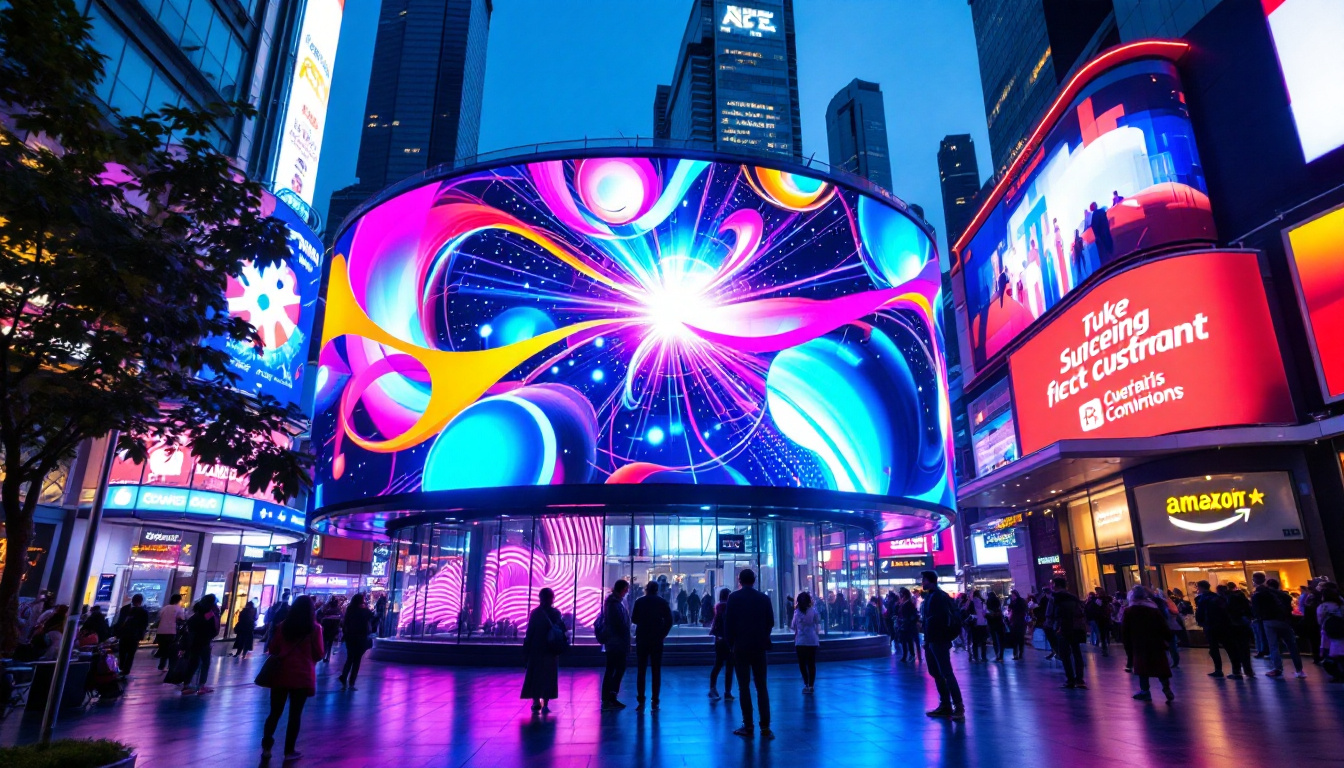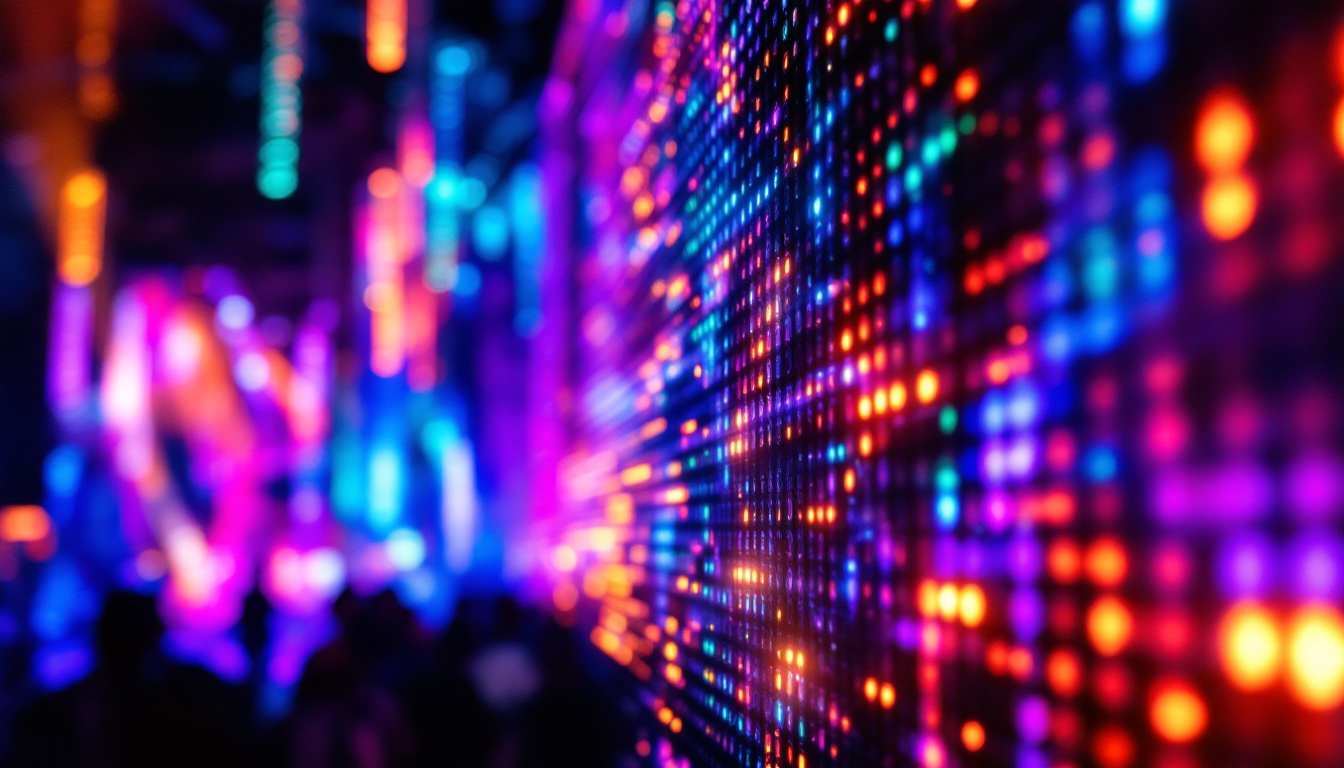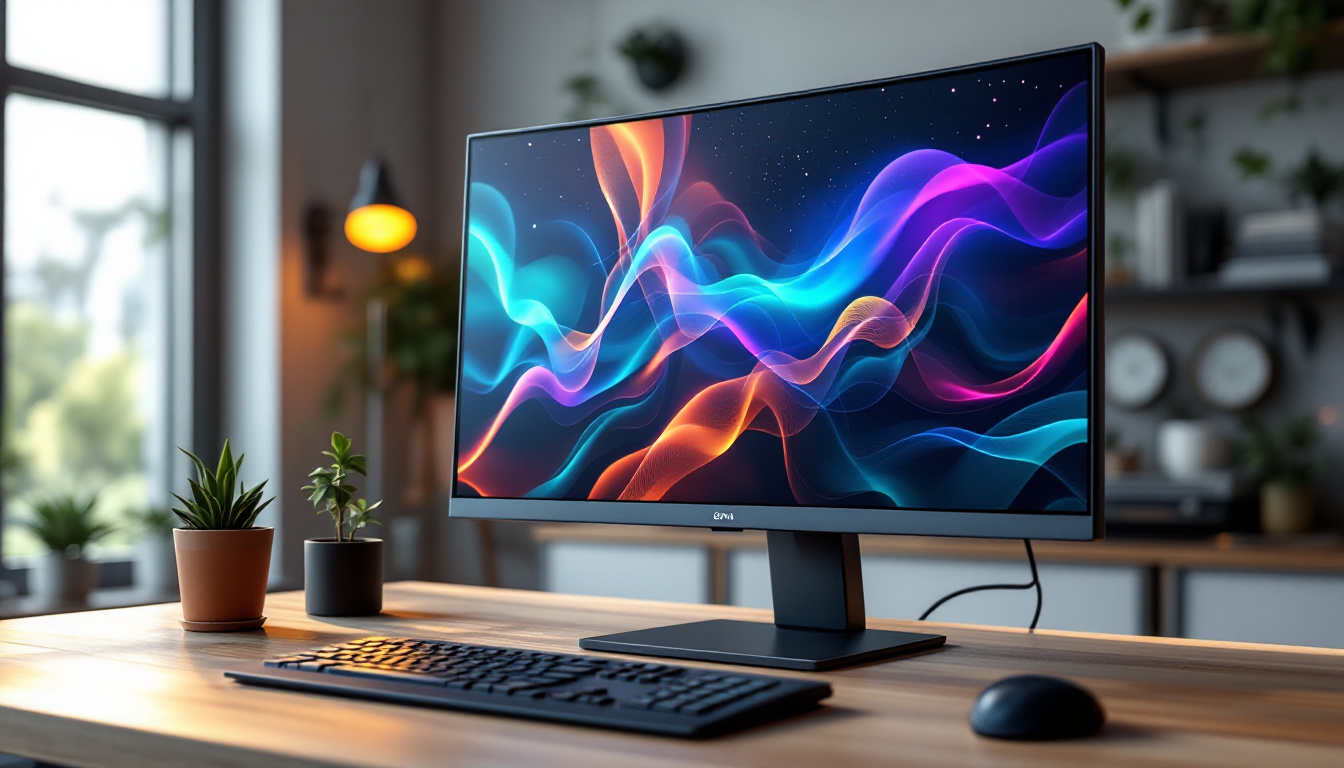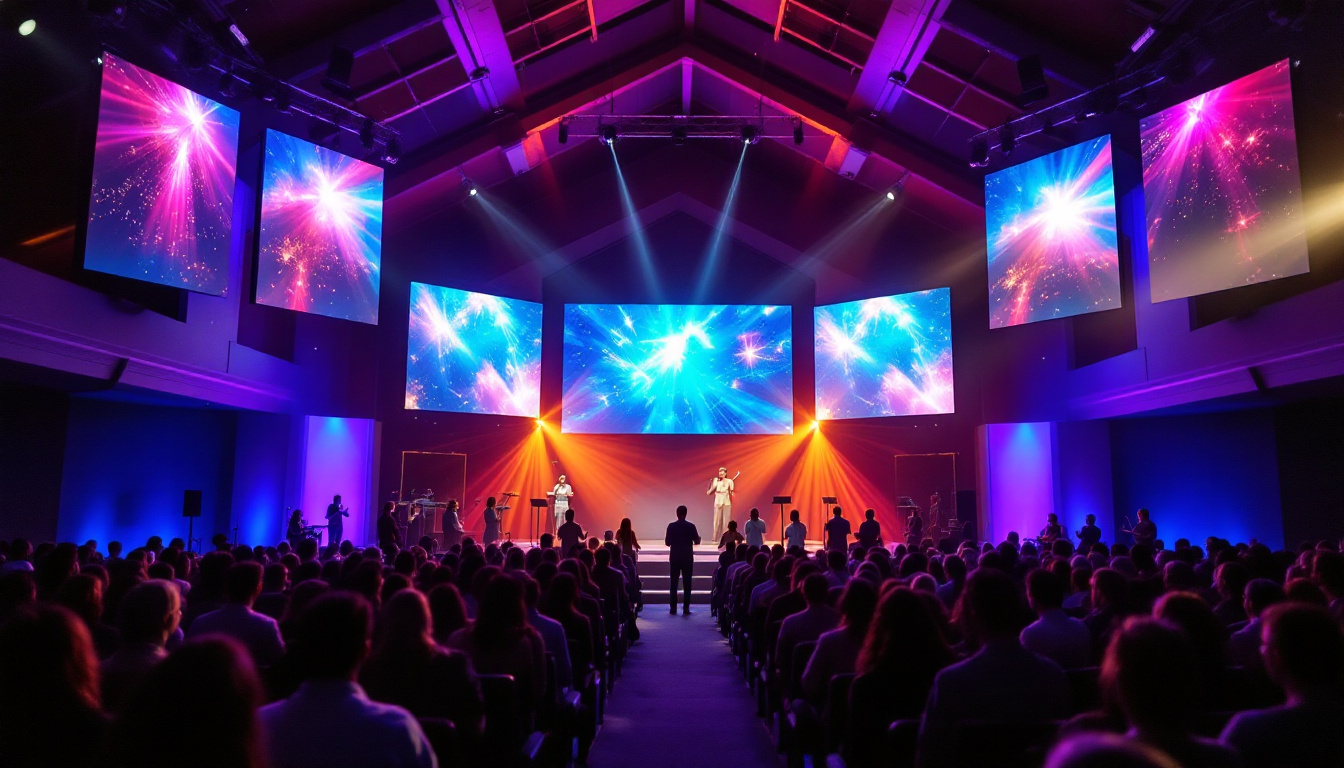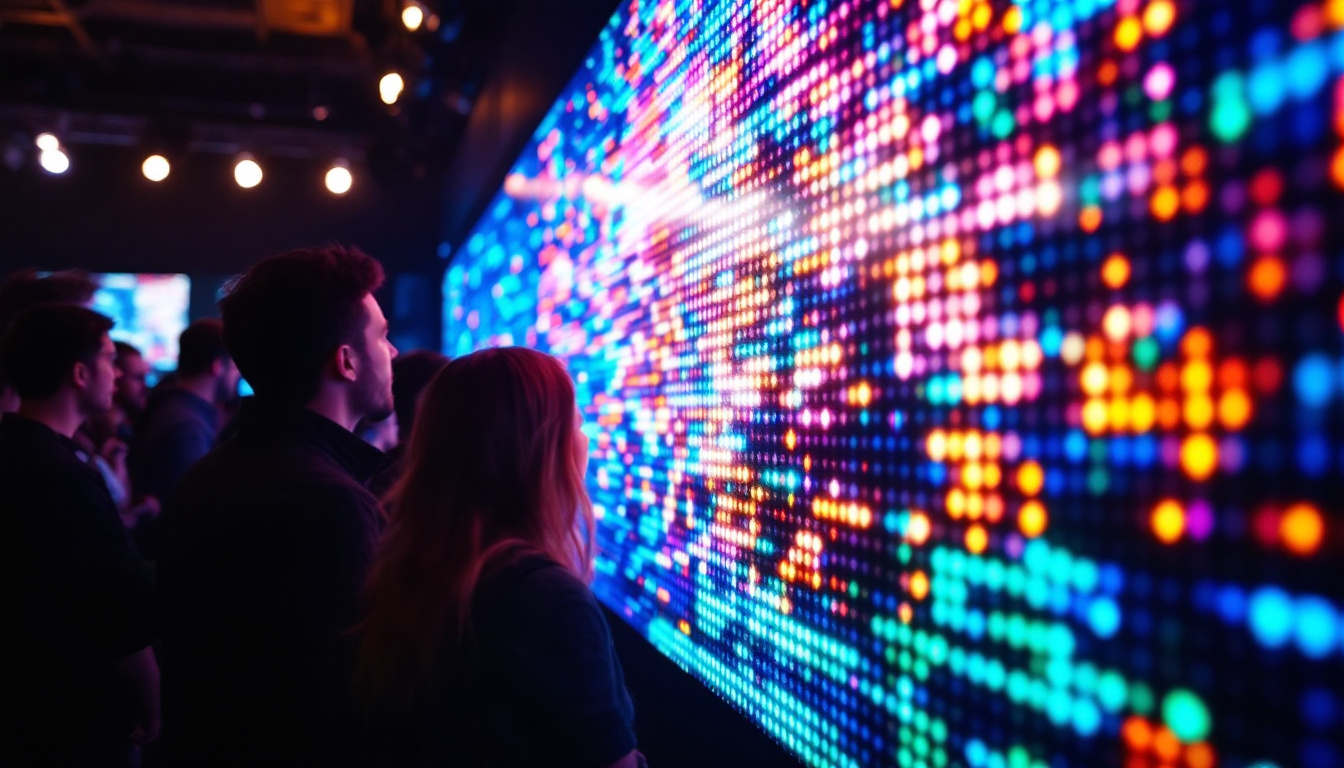The evolution of display technology has significantly changed the way we interact with digital content. Among the most notable advancements is the interactive monitor, particularly those utilizing LED (Light Emitting Diode) displays. These monitors have transformed environments ranging from classrooms to corporate offices, providing enhanced engagement and interactivity. This article delves into the intricacies of interactive monitors with LED displays, exploring their technology, benefits, applications, and future trends.
Understanding LED Technology
LED technology has revolutionized the way images are displayed on screens. Unlike traditional LCDs that rely on backlighting, LED displays use diodes that emit light directly, resulting in brighter images and more vibrant colors. This section will explore the fundamental aspects of LED technology and how it applies to interactive monitors.
How LED Displays Work
At the core of an LED display are tiny semiconductor devices that emit light when an electric current passes through them. These diodes can be arranged in various configurations, including full-color RGB (Red, Green, Blue) setups that allow for a broad spectrum of colors. In interactive monitors, these diodes are often combined with touch-sensitive technology, enabling users to interact directly with the display.
LED displays can be categorized into two main types: direct view and backlit. Direct view LED displays consist of individual LEDs that create the image, while backlit displays use LEDs to illuminate an LCD panel. The choice between these types often depends on the intended use and desired image quality.
Benefits of LED Displays
LED displays offer numerous advantages over traditional display technologies. One of the most significant benefits is their energy efficiency. LED monitors consume less power, which not only reduces operational costs but also contributes to environmental sustainability. Additionally, LED displays provide superior brightness and contrast ratios, making them ideal for environments with varying lighting conditions.
Another key advantage is their durability. LED displays are less prone to damage and can withstand harsher conditions compared to traditional monitors. This durability makes them suitable for a wide range of applications, from outdoor advertising to interactive kiosks in public spaces.
Moreover, LED technology supports faster refresh rates, which is particularly beneficial for applications requiring high-speed video playback or gaming. This capability ensures that motion appears smooth and fluid, enhancing the overall viewing experience. Furthermore, advancements in LED technology have led to the development of flexible displays, allowing for innovative designs that can bend and curve to fit unique spaces or applications, expanding the possibilities for creative installations.
In addition to their practical benefits, LED displays also contribute to improved user engagement. The vivid colors and sharp images produced by LED technology can captivate audiences, making them an excellent choice for presentations, exhibitions, and advertising. The interactive features of LED monitors further enhance this engagement, allowing users to manipulate content directly on the screen, fostering a more immersive experience that can be tailored to specific needs or preferences.
Interactive Features of Monitors
Interactive monitors are designed to facilitate user engagement through touch and gesture recognition. These features enhance the user experience by allowing for direct interaction with content, making them particularly valuable in educational and professional settings. The ability to manipulate digital elements in real-time not only makes presentations more dynamic but also encourages active participation from users, transforming passive viewers into engaged contributors.
Touch Technology
Touch technology in interactive monitors can be implemented through various methods, such as resistive, capacitive, or infrared touch. Each method has its unique characteristics and suitability for different applications. Capacitive touch technology, for instance, is highly responsive and allows for multi-touch capabilities, enabling users to interact with multiple points on the screen simultaneously. This responsiveness is crucial in environments where quick and accurate input is necessary, such as during fast-paced business meetings or interactive classroom sessions.
This interactivity fosters collaboration and participation, making it easier for users to share ideas and work together. In educational settings, teachers can engage students more effectively, while in corporate environments, teams can brainstorm and present ideas in real-time. Furthermore, the tactile feedback provided by touch screens can enhance learning experiences, allowing students to physically manipulate objects on the screen, which can lead to better retention of information and a deeper understanding of complex concepts.
Gesture Recognition
Beyond touch, many interactive monitors incorporate gesture recognition technology. This allows users to control the display without physical contact, using hand movements to navigate through content. Gesture recognition enhances the user experience by providing a more intuitive way to interact with digital content. This technology often employs advanced sensors and algorithms to accurately interpret user movements, making it a sophisticated option for modern interactive displays.
This feature is particularly useful in environments where hygiene is a concern, such as hospitals or public spaces. Users can navigate presentations or applications without touching the screen, reducing the risk of spreading germs and maintaining a clean environment. Additionally, gesture recognition can facilitate accessibility for individuals with disabilities, allowing them to interact with technology in ways that were previously difficult or impossible. By providing alternative methods of engagement, interactive monitors can cater to a wider audience, ensuring that everyone has the opportunity to participate fully in various settings.
Applications of Interactive Monitors
The versatility of interactive monitors with LED displays has led to their adoption across various sectors. From education to business, these monitors are reshaping how information is presented and interacted with.
Education
In educational institutions, interactive monitors have become invaluable tools for teachers and students alike. They facilitate dynamic lessons, allowing educators to present multimedia content that captures students’ attention. Interactive features enable students to participate actively, fostering a more engaging learning environment.
Furthermore, these monitors can be integrated with educational software, providing access to a wealth of resources. Teachers can utilize interactive lessons that adapt to students’ learning paces, enhancing overall educational outcomes. The ability to incorporate gamified learning experiences through these monitors also encourages a sense of competition and collaboration among students, making learning not just informative but also enjoyable. As students interact with the content, they develop critical thinking and problem-solving skills, which are essential in today’s fast-paced world.
Corporate Use
In the corporate world, interactive monitors are increasingly utilized for presentations, meetings, and collaborative work. They allow teams to share ideas visually, making brainstorming sessions more productive. With the ability to annotate and highlight key points directly on the screen, participants can engage more effectively with the content being discussed.
Moreover, these monitors can be connected to various devices, enabling seamless integration with existing technology. This connectivity enhances productivity, as users can easily switch between presentations, documents, and other digital resources. The use of interactive monitors also supports remote collaboration, as teams can share their screens and work together in real-time, regardless of their physical location. This feature has become particularly valuable in a world where hybrid work models are increasingly common, allowing businesses to maintain continuity and foster teamwork across distances.
Healthcare
In healthcare settings, interactive monitors play a crucial role in patient engagement and education. They can be used to display medical information, treatment options, and educational resources, helping patients make informed decisions about their health. Additionally, these monitors can facilitate communication between healthcare providers and patients, enhancing the overall patient experience.
With the rise of telemedicine, interactive monitors also serve as platforms for virtual consultations, allowing healthcare professionals to interact with patients remotely. This capability has become increasingly important, especially in light of recent global health challenges. Beyond consultations, these monitors can be employed in waiting areas to provide educational content, such as health tips and wellness programs, keeping patients informed while they wait. Furthermore, in training environments, interactive monitors can be utilized to simulate medical scenarios for students and professionals, enhancing hands-on learning and improving clinical skills through immersive experiences.
Future Trends in Interactive Monitors
As technology continues to advance, the future of interactive monitors with LED displays looks promising. Innovations in display technology, touch interfaces, and connectivity are expected to drive further enhancements in user experience and functionality.
Advancements in Display Quality
Future interactive monitors are likely to feature even higher resolution displays, such as 8K and beyond. This increase in resolution will provide users with sharper images and more detailed content, making presentations and visualizations more impactful. Additionally, advancements in color accuracy and brightness will enhance the overall viewing experience.
Furthermore, the integration of OLED (Organic Light Emitting Diode) technology may become more prevalent. OLED displays offer superior contrast ratios and color reproduction, providing a more immersive visual experience for users.
Enhanced Interactivity
The interactivity of monitors is expected to evolve with advancements in artificial intelligence (AI) and machine learning. Future monitors may incorporate AI-driven features that personalize user experiences based on preferences and behaviors. For instance, smart interactive monitors could adapt content delivery based on audience engagement levels, optimizing presentations in real-time.
Additionally, voice recognition technology may become a standard feature, allowing users to control the monitor and navigate content using voice commands. This hands-free interaction can further enhance usability, particularly in collaborative environments.
Integration with IoT
As the Internet of Things (IoT) continues to expand, interactive monitors are likely to become integral components of smart environments. These monitors can connect with other smart devices, enabling seamless communication and data sharing across platforms. For example, in a smart office, an interactive monitor could sync with scheduling software to display upcoming meetings or collaborate with other devices to create a cohesive work environment.
This integration will not only improve efficiency but also provide users with a more cohesive and streamlined experience when interacting with technology.
Conclusion
Interactive monitors with LED displays represent a significant advancement in display technology, offering enhanced interactivity, superior image quality, and diverse applications across various sectors. As technology continues to evolve, these monitors are poised to play an even more integral role in shaping how individuals and organizations communicate, collaborate, and engage with digital content.
From educational settings that foster active learning to corporate environments that enhance collaboration, the benefits of interactive monitors are undeniable. As advancements in display quality, interactivity, and connectivity emerge, the future of interactive monitors looks bright, promising to redefine the user experience in ways we can only begin to imagine.
Discover LumenMatrix’s Innovative LED Displays
Ready to elevate your interactive experiences with cutting-edge LED display technology? LumenMatrix is at the forefront of creating dynamic and immersive visual solutions that transform the way you communicate and engage with your audience. From captivating Indoor and Outdoor LED Wall Displays to versatile Vehicle and Sports LED Displays, our comprehensive range ensures that your message stands out with unparalleled clarity and impact. Embrace the future of visual communication with LumenMatrix’s LED display modules, designed to captivate, engage, and empower. Check out LumenMatrix LED Display Solutions today and see the difference for yourself.



